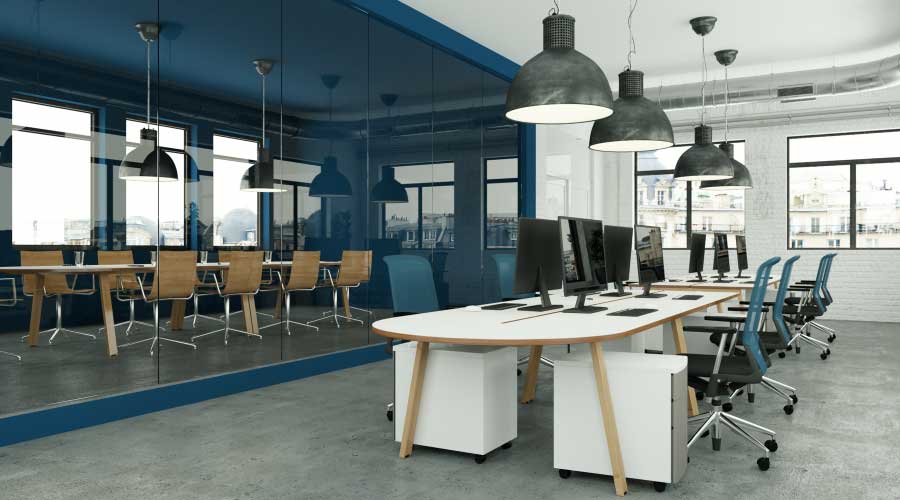Lighting Retrofits: Myths and Misconceptions
Many obstacles can get in the way of projects designed to improve a facility's energy efficiency. Topping this list of challenges are such issues as finances, product specification and calculating the return on investment (ROI).
These issues might create legitimate concerns for maintenance and engineering managers and others involved in project planning, but they need not be deal breakers. In fact, they might not even be real obstacles. Organizations often make decisions based on uncertain or incomplete data, and diminish potential ROI by not completing due diligence.
Lighting retrofits typify this scenario. These projects can help institutional and commercial facilities curtail energy use and create more efficient and aesthetically pleasing indoor environments, but only if planners base their decisions on accurate information. Too often, managers and other team members approach retrofits with misconceptions that lead to faulty decisions.
"Companies often view lighting-upgrade projects as a revenue drain, when in fact they represent a positive cash flow that renews itself year after year," says Paul Hafner with Philips Lighting Application Center. Success, then, often starts with debunking misconceptions.
Common Myths
The misconceptions surrounding lighting retrofits are numerous. Many managers lock onto a particular project scope or technology, which can create problems.
"They tend to get focused on one solution, like a lamp and ballast retrofit," which limits the options and opportunities, says Andy Davis, channel manager for OEM and ESCO with WattStopper. "They need to look at it with a more wholistic-type approach."
ROI also can present challenges. Managers might have trouble quantifying it or might be mistaken about when the financial payback begins.
"Lighting renovations typically pay back in two years or less, " says Cheryl English, vice president of market and industry development with Acuity Brands Lighting. "With the energy-efficient-lighting tax deduction, the payback is often in the range of 9 to 18 months."
The benefits often go right to the bottom line.
"Organizations often do not understand they are already paying the money for energy-saving technologies to their local utility and could use the same money much more productively," Hafner says. "For every $100 they pay to their utility for the electricity to power outdated lighting technology, an investment in more energy-efficient technology could reduce that payment to $60 and allow them to use the remaining $40 to pay for the energy-saving improvements."
Other misconceptions involve the effect of retrofits on interior spaces and lighting quality. For example, many managers believe current lighting levels are appropriate for the circumstances, says Randy Dollar, vice president of business development with Universal Lighting.
In fact, he says, "Many existing lighting systems were based on the ceiling grid, more so than the actual lighting needs for the application. As a result, most applications have too much light. In these cases, light levels can be reduced without any impact to productivity."
The performance of previous lighting retrofits also might have created lingering problems.
In the past, retrofit systems created lighting distribution that caused shadows, English says, adding, "New systems are designed to not only improve the distribution of light but replace the reflector and lens to improve the overall aesthetics of the space. Many lease spaces find that the improvements in lighting quality result in increased lease rates."
Related Topics:














